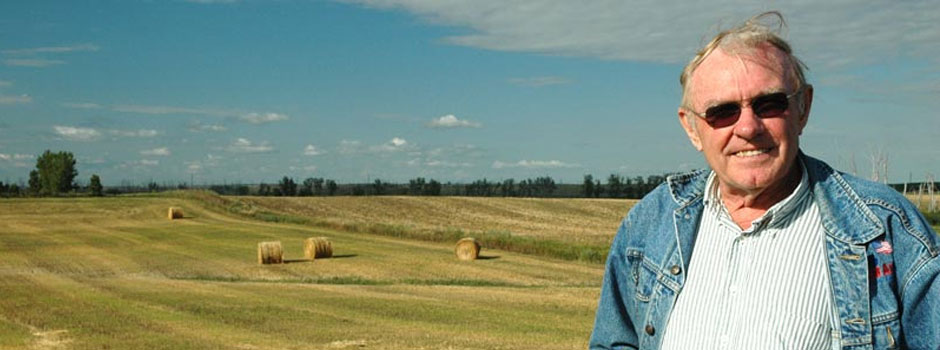For the past decade Aaron Niederhelman has been involved in architecting financial vehicles that use capitalism to reinstate nourishment back into food. Using economic incentive in line with evolving market forces to transition from a current production process fraught with contamination & waste in a rapid enough cadence to rectify human and environmental health through-out, it’s the inevitable that future investment will increasingly lean circular. As early adopters, the current challenge faced is finding profitable initiatives disruptive to food, water, and waste not in a same conventional genre, but instead by backing pragmatic and systemic innovation focused on food system reform as risk mitigation to US production.
The objective of any circular economy is to reduce the expense of waste in macro & micro environments. This core competency of ecology has been proven to be the keys to the kingdom in developing a fiscally sound approach to a sustainable and not linear future. Investment in circular economies in lockstep with regenerative natural systems can be made in: (i) food system, (ii) resilient agriculture, (iii) sustainable fisheries, (iv) water utilization and (v) alternative energy -where each industry becomes increasingly reliant on narrowing expenses of the energy loop.
Servicing natural order with circular agriculture practice has net positive results. What seems lost to the masses is the knowledge and/or accountability to the fact that current Cheap Food will be impetus for a forced evolution broadly more circular. The fix comes from an ongoing evaluation of system health. Instead of externalities continuously swept under the rug, each link in the chain is given a calculation of wellbeing in determining a true cost of food. When these current externalized costs become realized, the opportunity is to leverage systemic innovations in production that reduce capital expenditures allocated to waste, and even better, institute additional revenue streams via closing the loop as current waste becomes an energy input and key link in the chain for a complementary circular economy.



